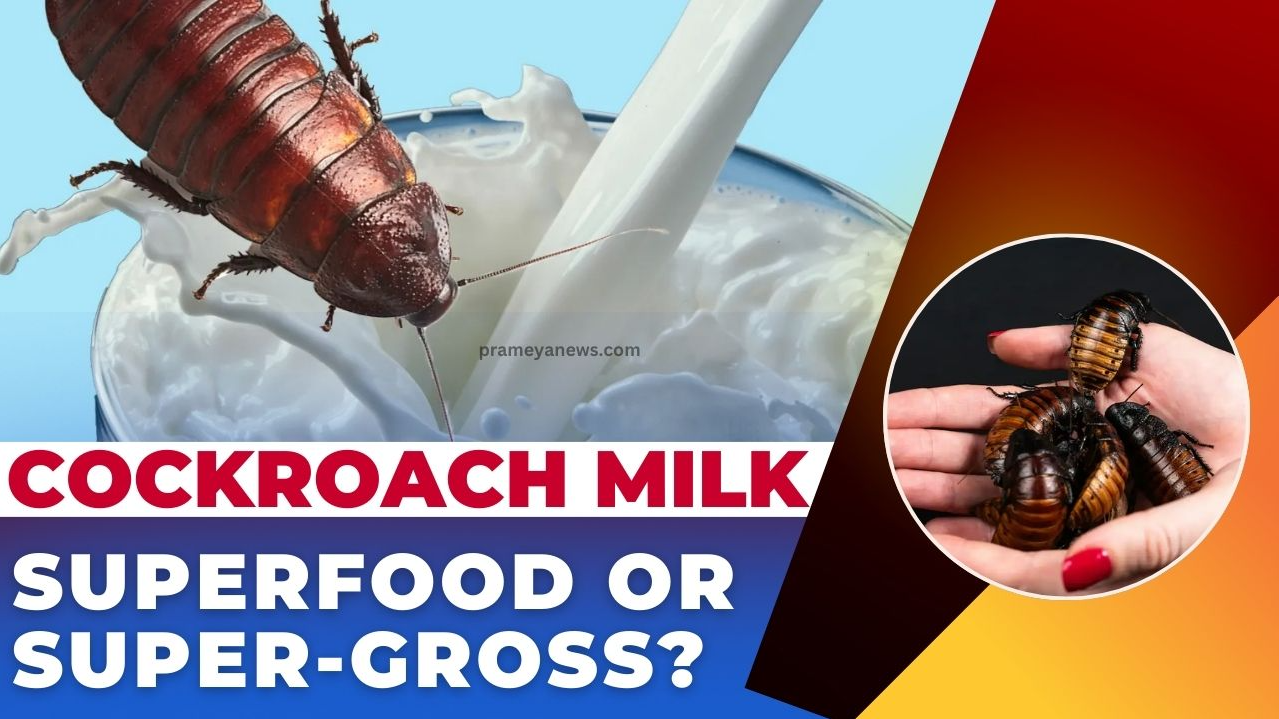

Cockroach Milk: The Next Superfood... Or Just a Weird fad Trend?
Forget kale smoothies and avocado toast. The latest buzz in the alternative nutrition world is something far more… unconventional: cockroach milk. Yes, you read that right. We're talking about a substance produced by a specific type of cockroach, and some scientists believe it could be a surprisingly potent source of protein and nutrients. But before you start picturing cartons of cockroach milk on supermarket shelves, let's dive into the facts, the hype, and the (many) unanswered questions.
What Is Cockroach Milk, Exactly?
We're not talking about milking cockroaches like tiny cows. The "milk" in question comes from the Diploptera punctata, also known as the Pacific beetle cockroach. This is the only known cockroach species that gives birth to live young (most lay eggs). To nourish its offspring, this cockroach produces a milk-like secretion in the form of protein-rich crystals. It's these crystals that are being dubbed "cockroach milk."
The Nutritional Hype:
A 2016 study published in the International Union of Crystallography Journal found that these crystals are incredibly nutrient-dense. In fact, the study claimed cockroach milk contains:
This nutritional profile has led some researchers to consider cockroach milk a potential future food source, especially in a world facing increasing pressure on traditional protein sources.
The Potential Benefits:
The Risks and Concerns:
Here's where things get tricky. While the nutritional analysis is intriguing, there are major hurdles before cockroach milk could ever become a viable food option:
For the Road:
Cockroach milk is, a fascinating scientific discovery. Its nutritional profile is impressive, and its potential as a sustainable protein source is intriguing. However, it's far from being a practical or widely accepted food option. Thus let it stay as a conversation starter than a breakfast staple.